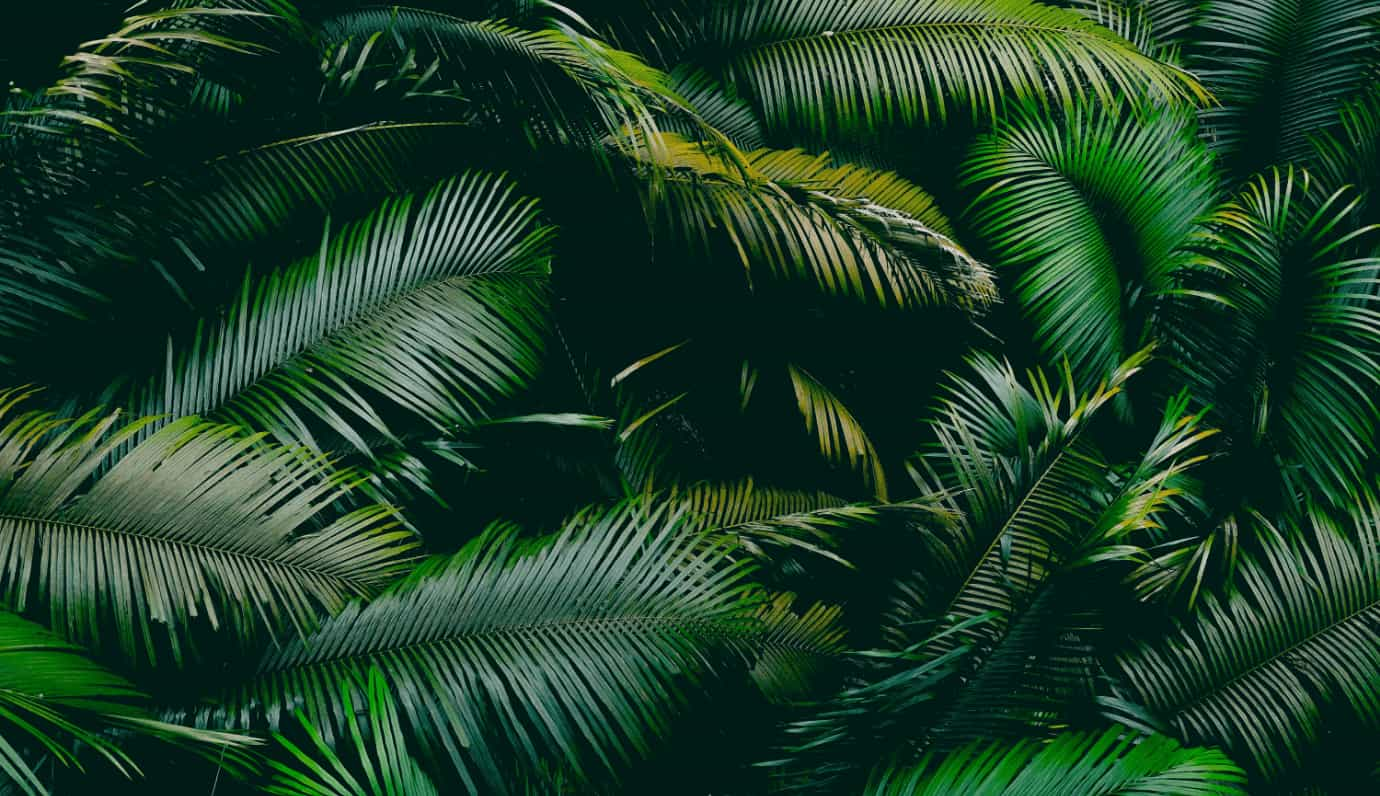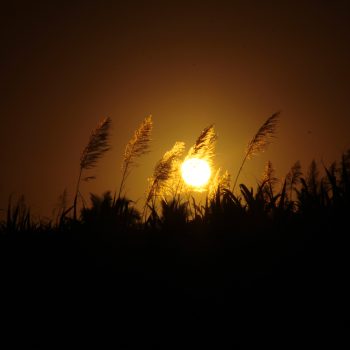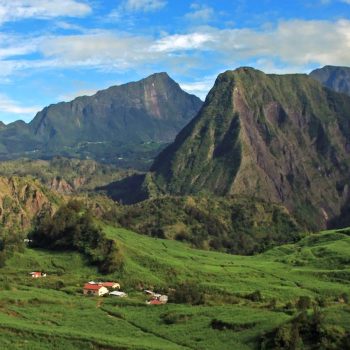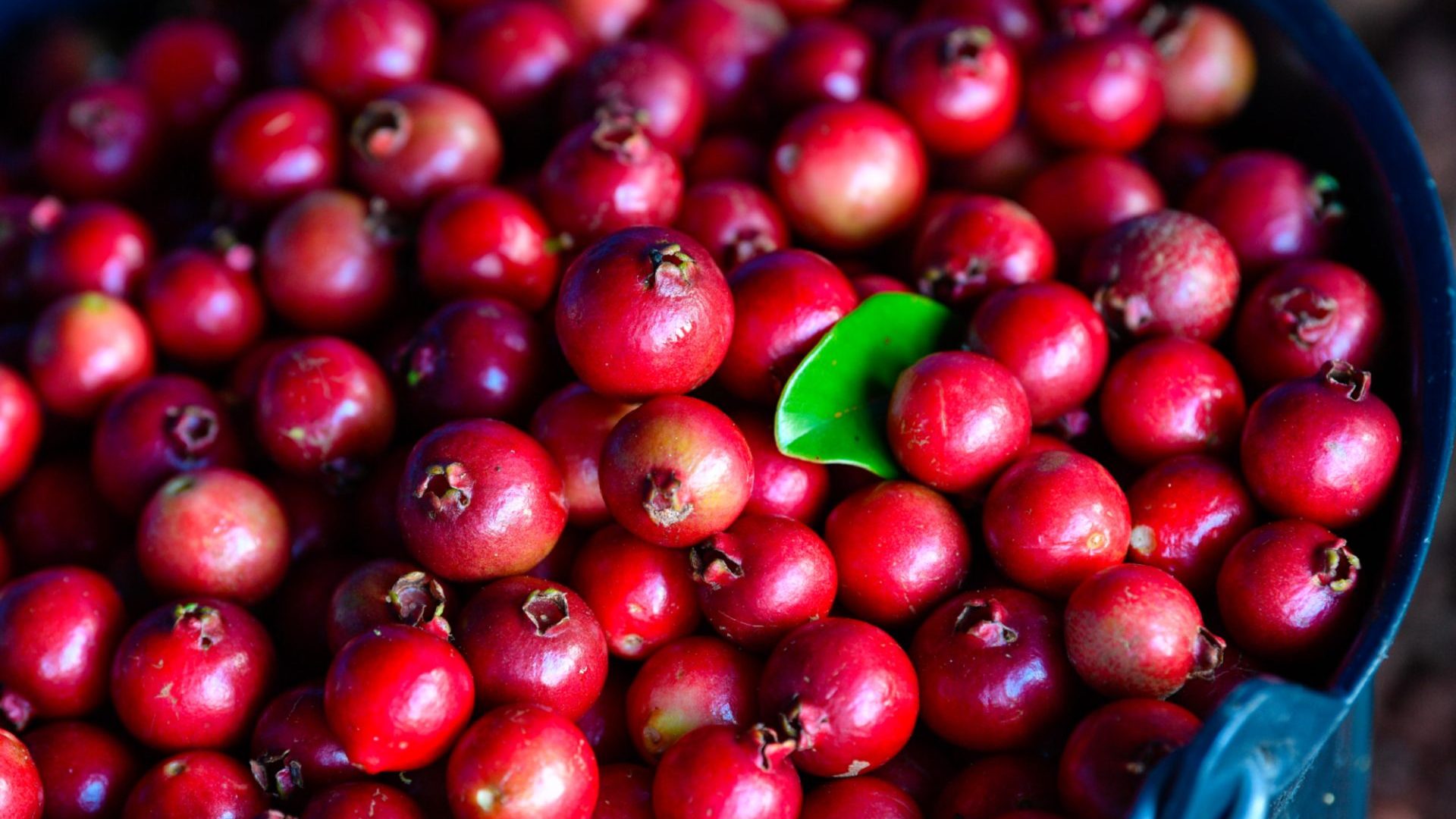The Plaine des Palmistes guava tree, called strawberry guava in the West Indies or Chinese guava in Mauritius, is a delicious little red fruit from a species of fruit tree in the Myrtaceae family, native to the tropical regions of 'South America. Growing at low and medium altitudes, the season generally begins in April and ends in August.
With its spherical berry shape, the guava tree is distinguished by its small size of about 2,5 cm in diameter, its skin is smooth and shiny but above all its unique taste, tenderly sweet, with a small acidic hint. When ripe, its color changes to purplish red. The fruit pulp is white and particularly rich in vitamin C (about 50 mg per 100 g of fruit), that is to say twenty times more than in oranges for example.
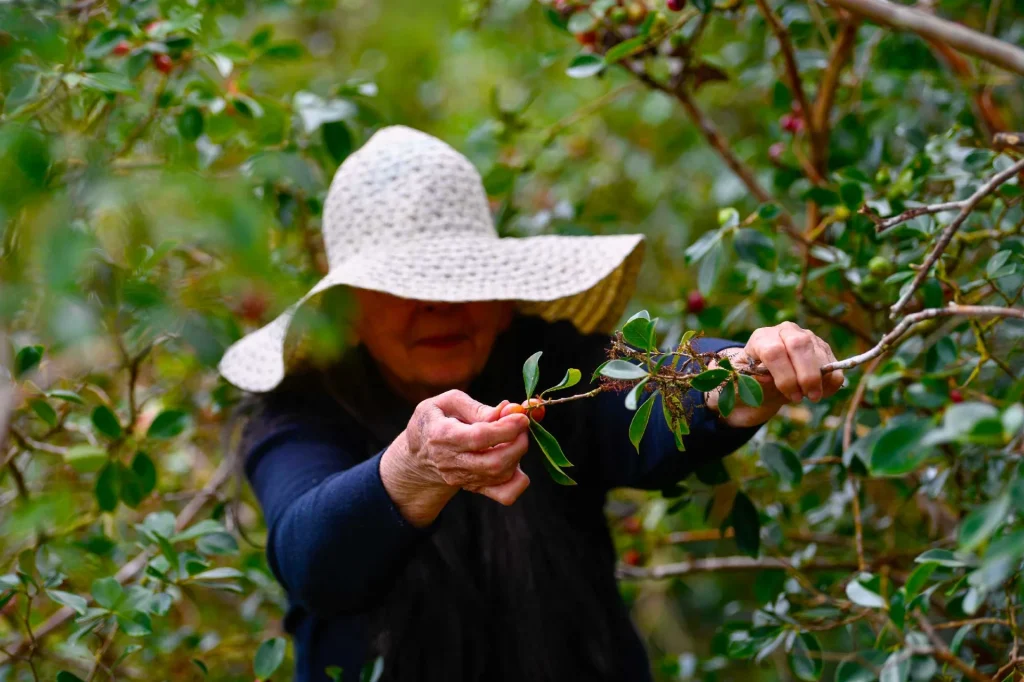
Throughout the season, they are found in the orchards of the island and in the forests, but also on the trails of hiking and along the roads.
The guava tree of the Plaine des Palmistes
Red Gold of the Plain of the Palmists
Most of the guava production comes from the Plaine des Palmistes.
Located 20 minutes by car from St. Benedict, the Plaine des Palmistes is full of charm and authenticity. At an average altitude of 1 meters and well watered, this plateau is of incomparable botanical richness, which explains the diversity of its agricultural production.
Each year, approximately 80% of the production, i.e. nearly 200 tonnes of guava trees, are produced there and then sold by the Cooperative, sold in the fields, transformed (into jam or other) and offered in trays, such as the Verger Delatre for example.
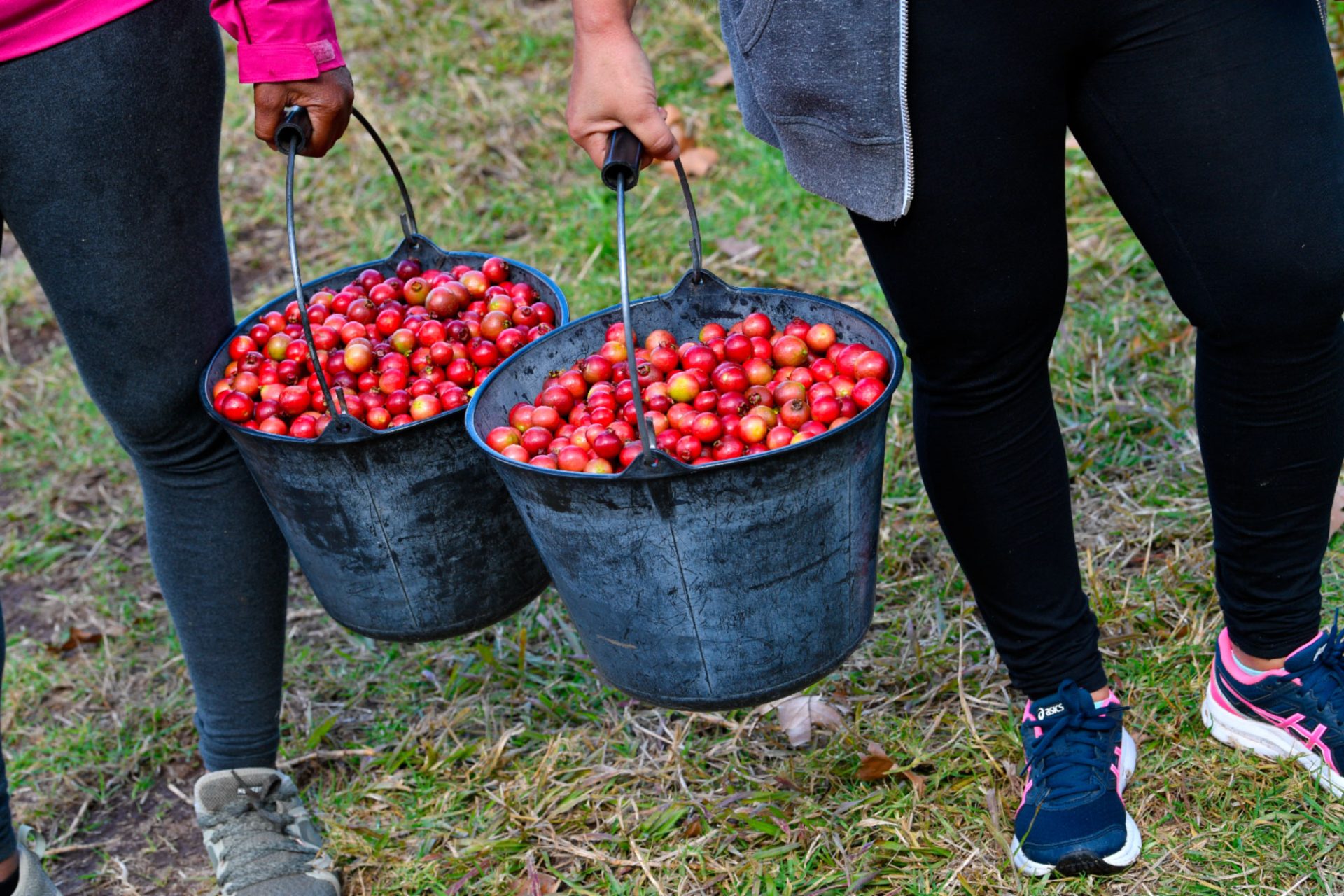
Every year, the guava tree is in the spotlight
An emblematic event in the east of Reunion, lovers of the small red fruit meet every year at La Plaine des Palmistes to fill up on delicacies on the occasion of the Goyaviers Festival.
This event is an opportunity to bring together all the players concerned, both producers and processors (manufacturers of jams and fruit jellies, pastries and other delicacies) in order to introduce as many people as possible to the different forms in which it It is possible to consume guava trees, all in a fairground atmosphere with entertainment, games, shows and concerts.
If the guava tree is eaten raw like any fruit, it is also used in various recipes and is appreciated in jam, jelly, cream, clafoutis or juice. The main difficulty consists in extracting the juice from the guava tree and removing the small hard grains contained in the fruit.
Some producers exploit their guavas themselves or entrust them to processors who use them to make a whole range of guava-based products (yogurts, sorbets, punch or arranged rum) which promotes the development of agro-tourism.
The tangy taste of guava also goes very well with savory recipes. It brings an original touch to carris and can also be made into a rougail with chilli to accompany dishes.
Be careful not to confuse it with guava, much bigger than guava and very different in taste!

